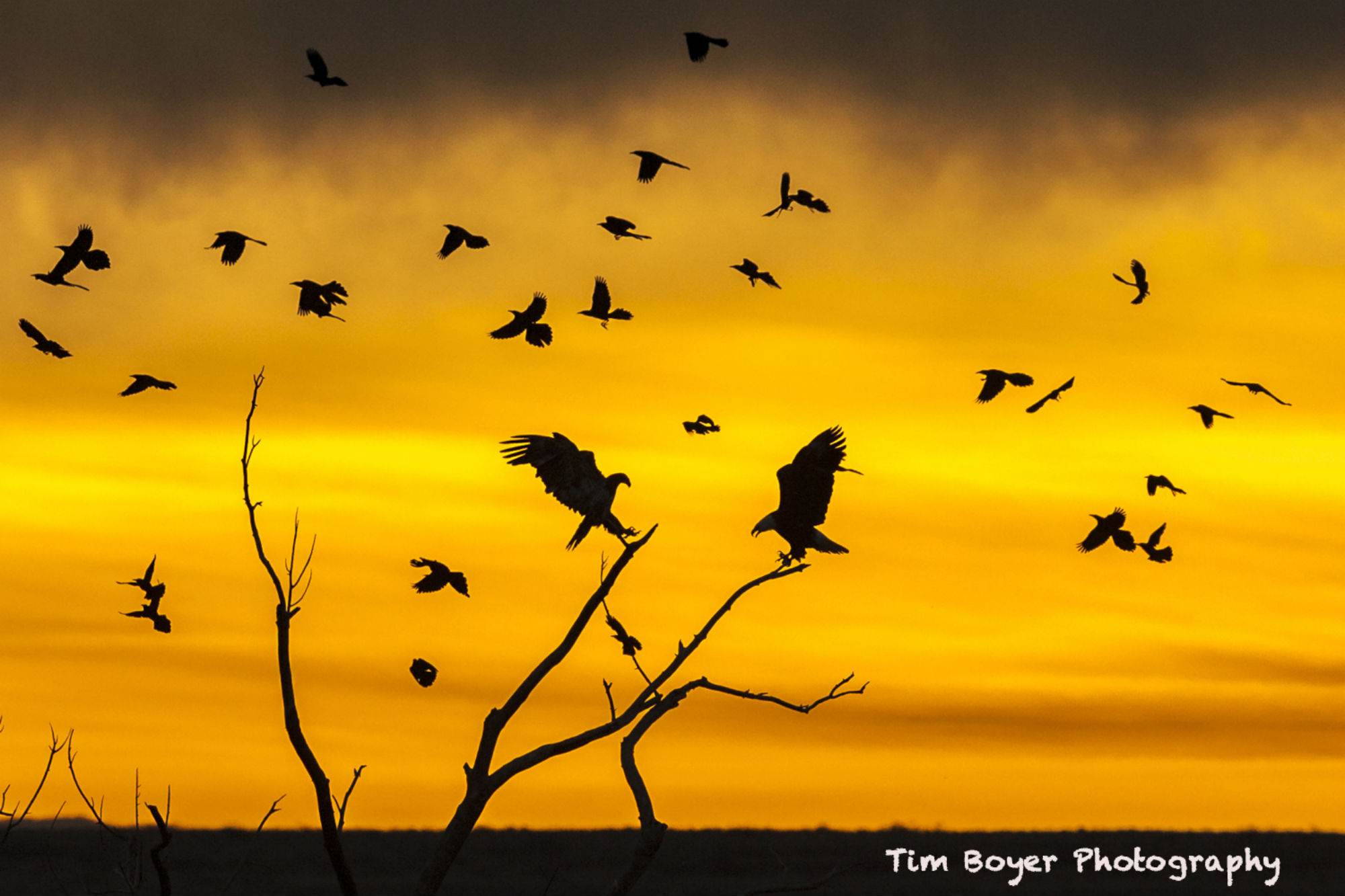
If you're like me, you're much more of a visual learner than one that can grasp concepts by just reading about them.
Instead, I like to see examples of what I'm learning about, that way I can visualize exactly what I need to do.
If you're looking for ways to improve your bird photography, then this article is for you!
Check out these 11 beautiful bird photos by master photographer Tim Boyer, and learn a few fundamentals that will help you improve the quality of the photos you take.
Bird Photography Tip: Fill the Frame
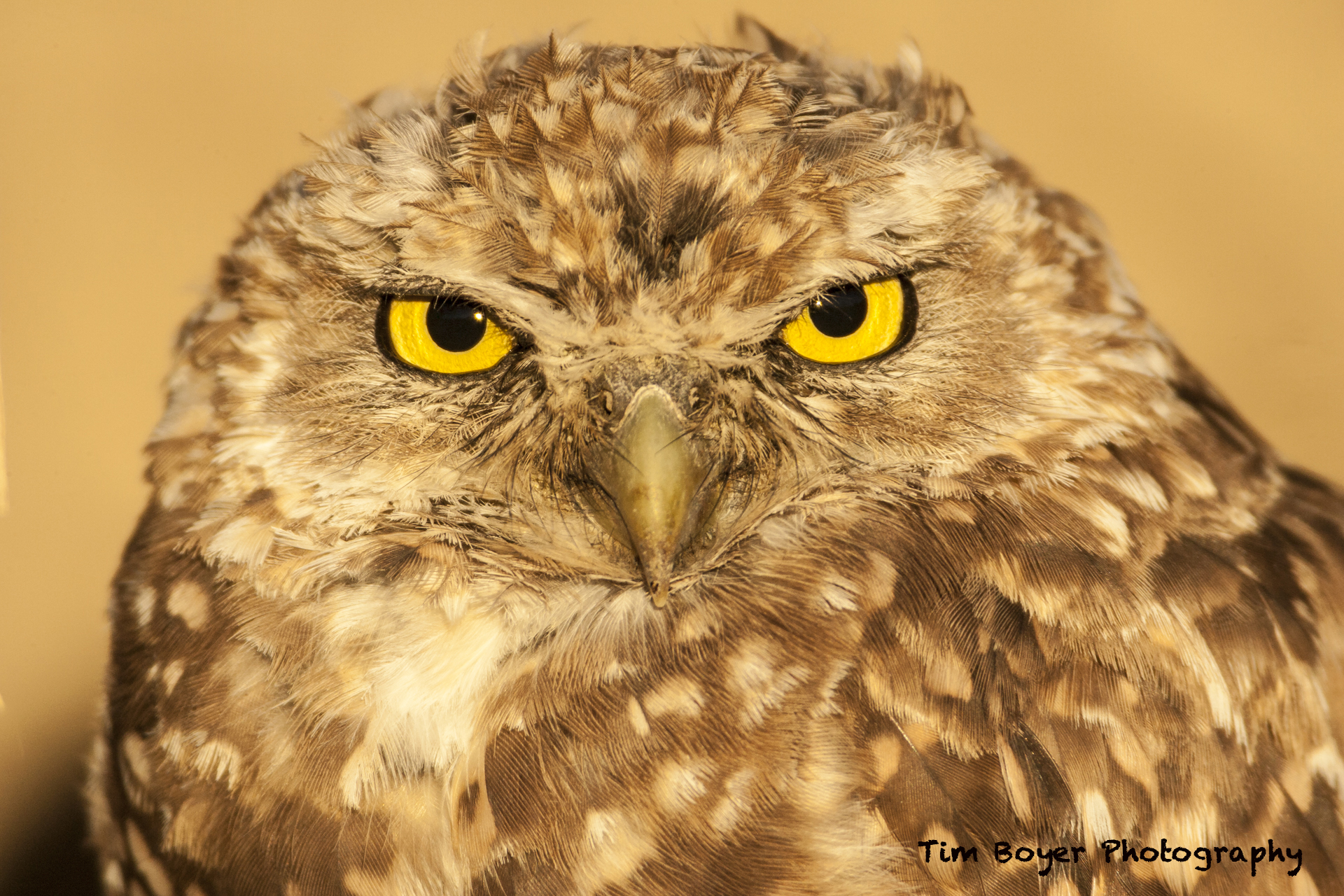
One of the great things about birds is the detail of their eyes, beaks, and feathers.
A perfect way to show off those details is to fill the frame with the bird.
Obviously, you need to first find a bird that's stationary to get the shot. But once you do, don't be afraid to zoom in close, as was done in the image above.
The inclusion of the texture of this owl's feathers, for example, gives this image a tremendous level of depth and interest.
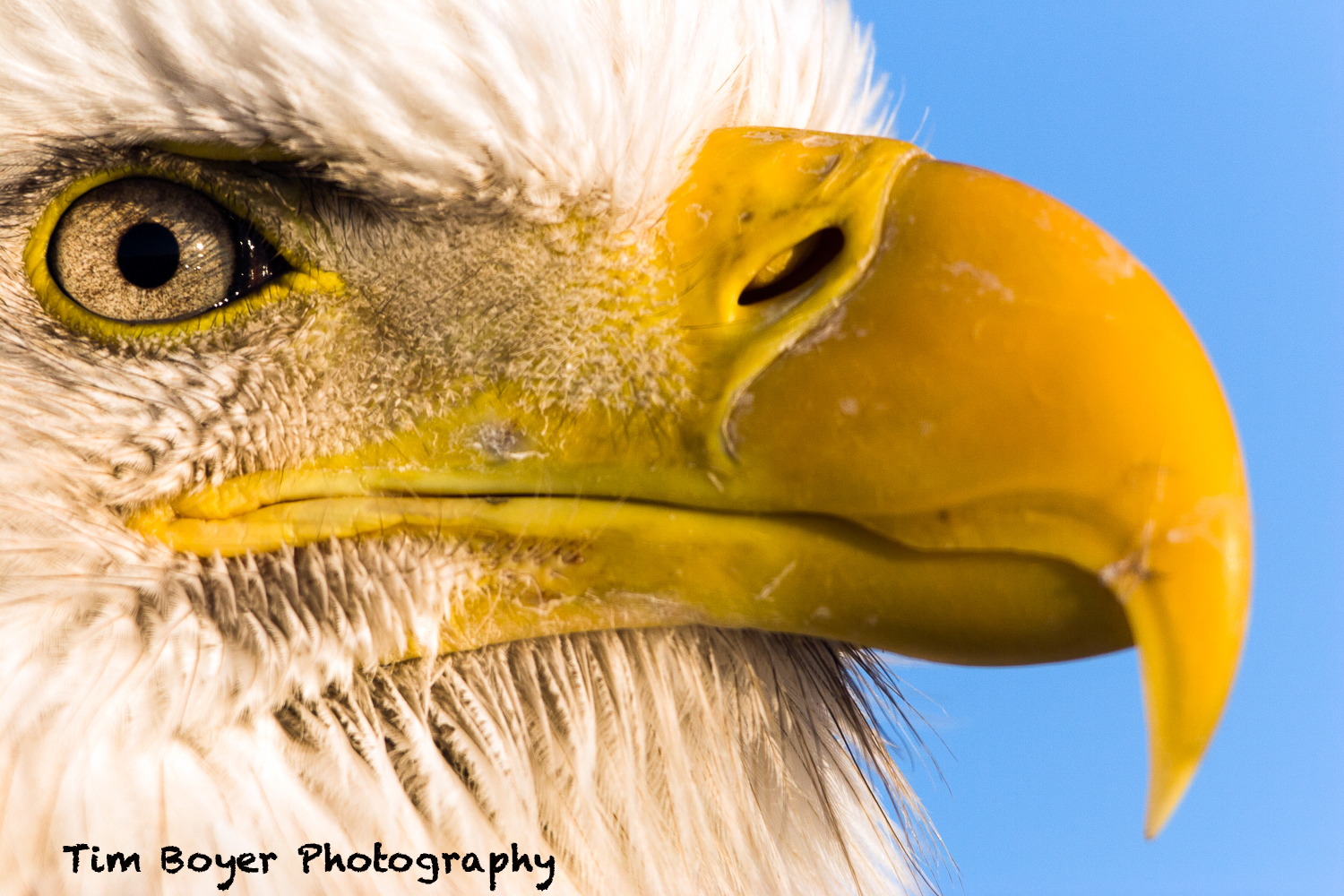
In this example, we're taken in for an even closer view of this magnificent Bald Eagle.
Not only do we get a gorgeous view of the bird's eye, but we also get to see the beautiful shape of its beak.
This type of shot requires a very long lens, extension tubes, or both.
In this case, the photo was taken with a 25mm extension tube and a 500mm lens on a Canon 20D crop sensor camera.
Don't Be Afraid to Show the Bird's Habitat, Either
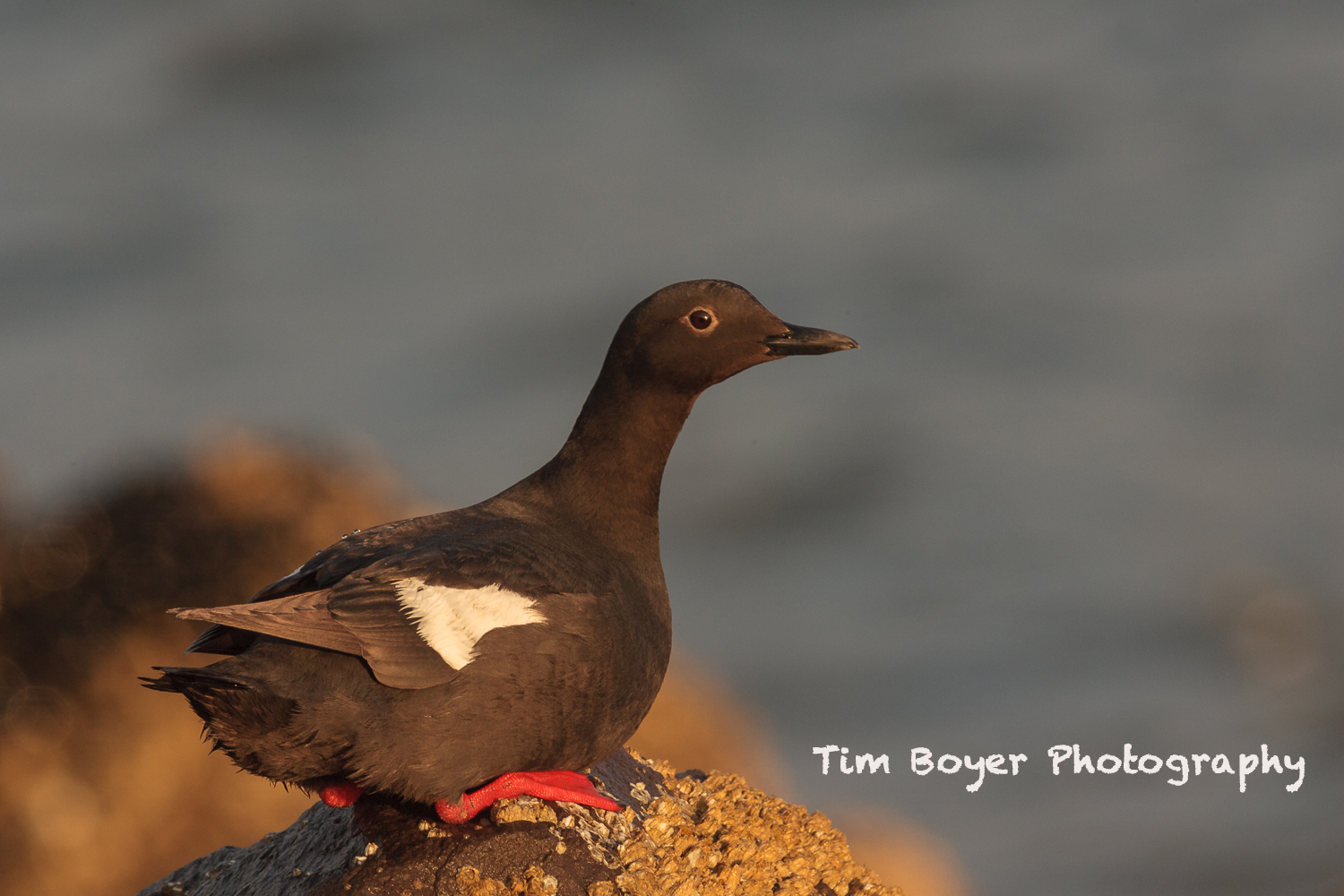
Of course, it's important to capture a variety of photos of birds so you can tell a better story about the bird's life.
That means complementing your close-up shots with wider views that allow the viewer to explore the bird's habitat.
This doesn't mean that you have to shoot ultra-wide, either, as that would make the bird quite small in the frame.
Instead, as you can see above, adding just a bit of the bird's perch gives us an idea of where this bird might live - on a rocky shore along the sea.
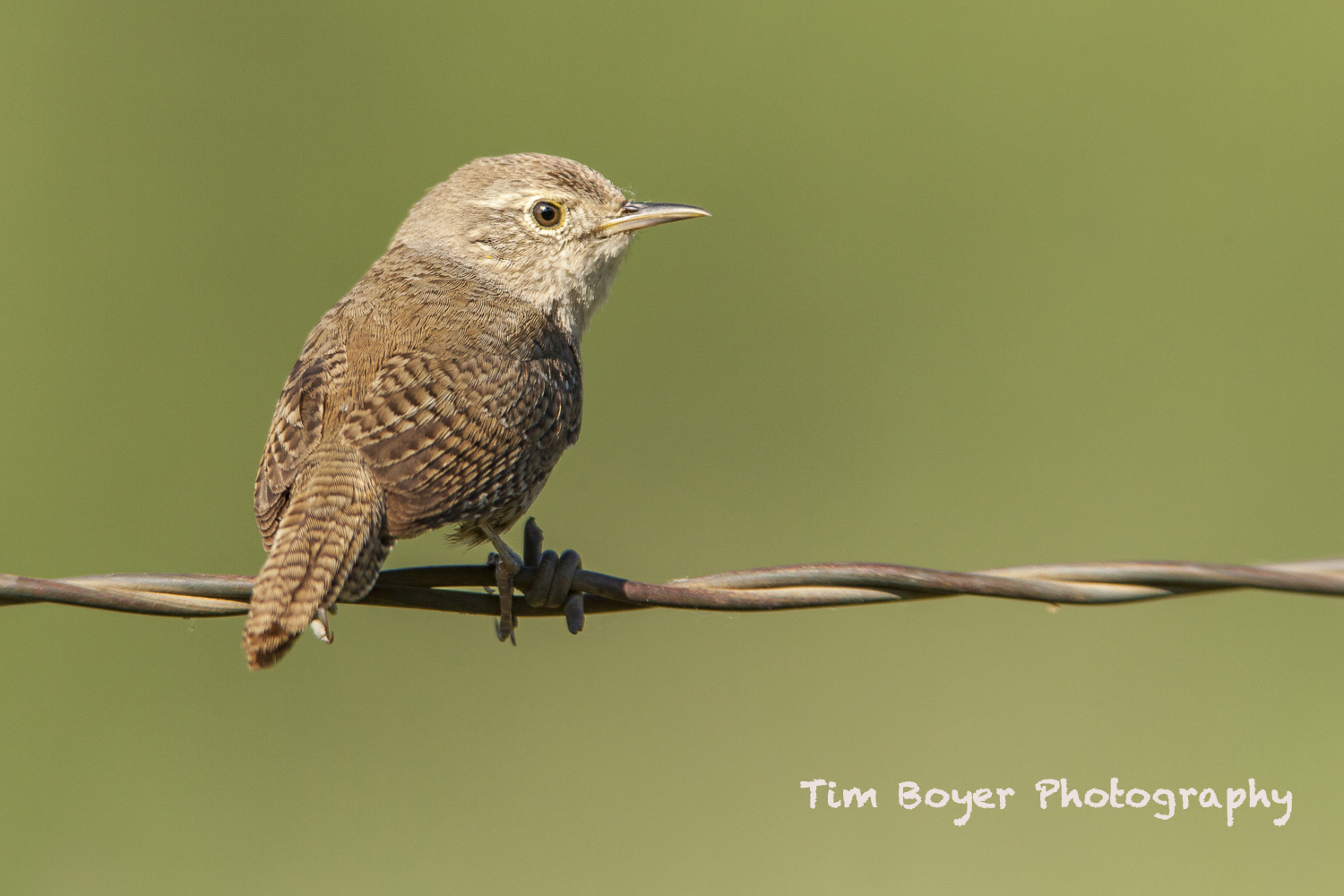
Again, we see this concept in action in this photo of a House Wren.
Though the background is blurred, by including the barbed-wire fence in the shot, we can imagine this little guy perched on a fence along a country road.
You don't need to give viewers all the details - sometimes if you just give them a few hints, their imagination can take over.
Editor's Tip: Learn about bird photography concepts from camera settings to composition to post-processing.
Ramp Up Your Shutter Speed
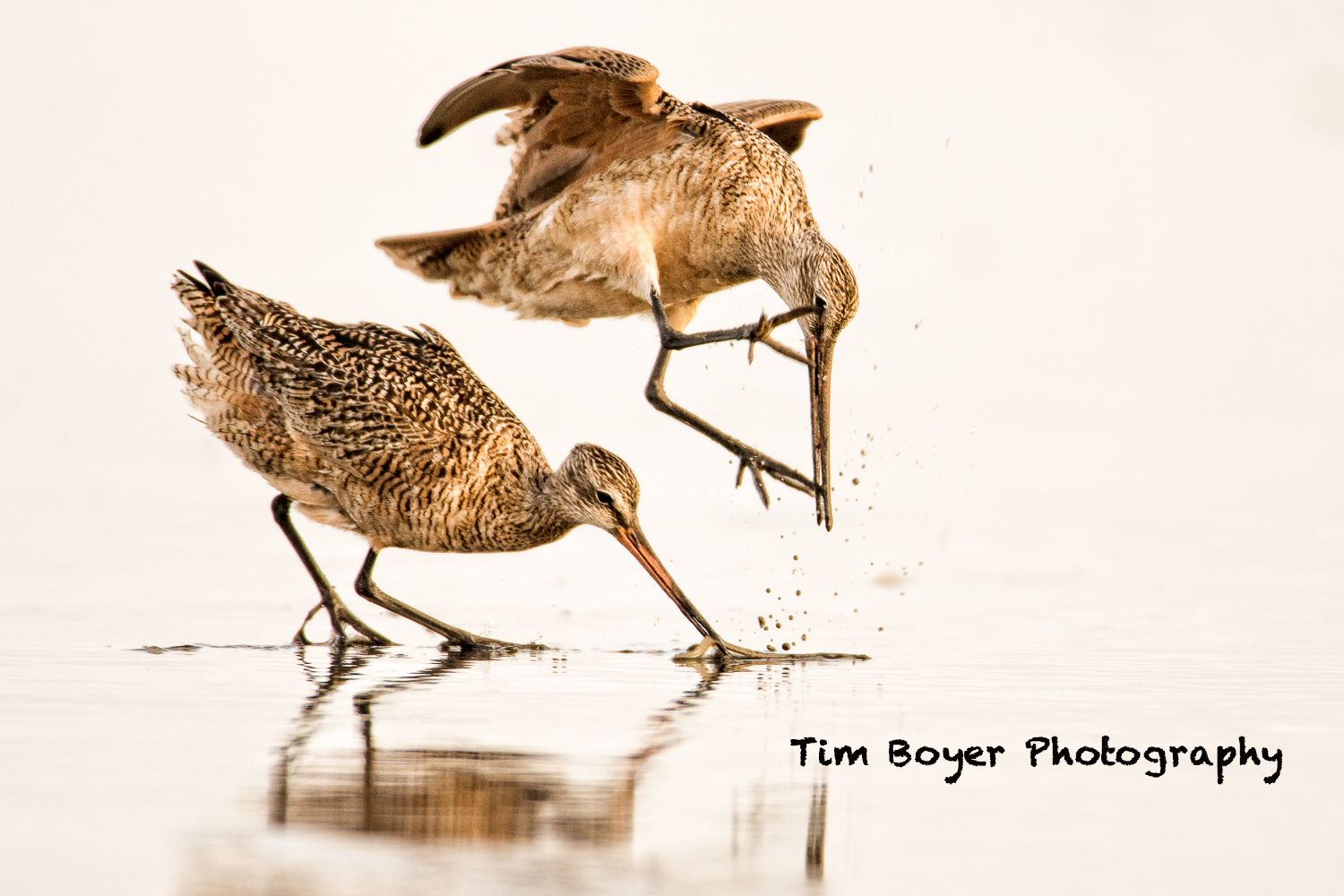
Though photographs of birds on a perch can be quite beautiful, there's nothing like capturing a bird in the midst of some kind of activity.
But since many birds move so quickly, it's important to speed up your shutter in order to freeze the movement of the bird, particularly its wings.
In the photo above of the two Marbled Godwits feeding, a shutter speed of 1/800 seconds was needed to freeze the movement of the birds.
If you aren't too keen on shooting in manual mode, try shooting in shutter priority mode so your camera gives you some assistance with the appropriate aperture.
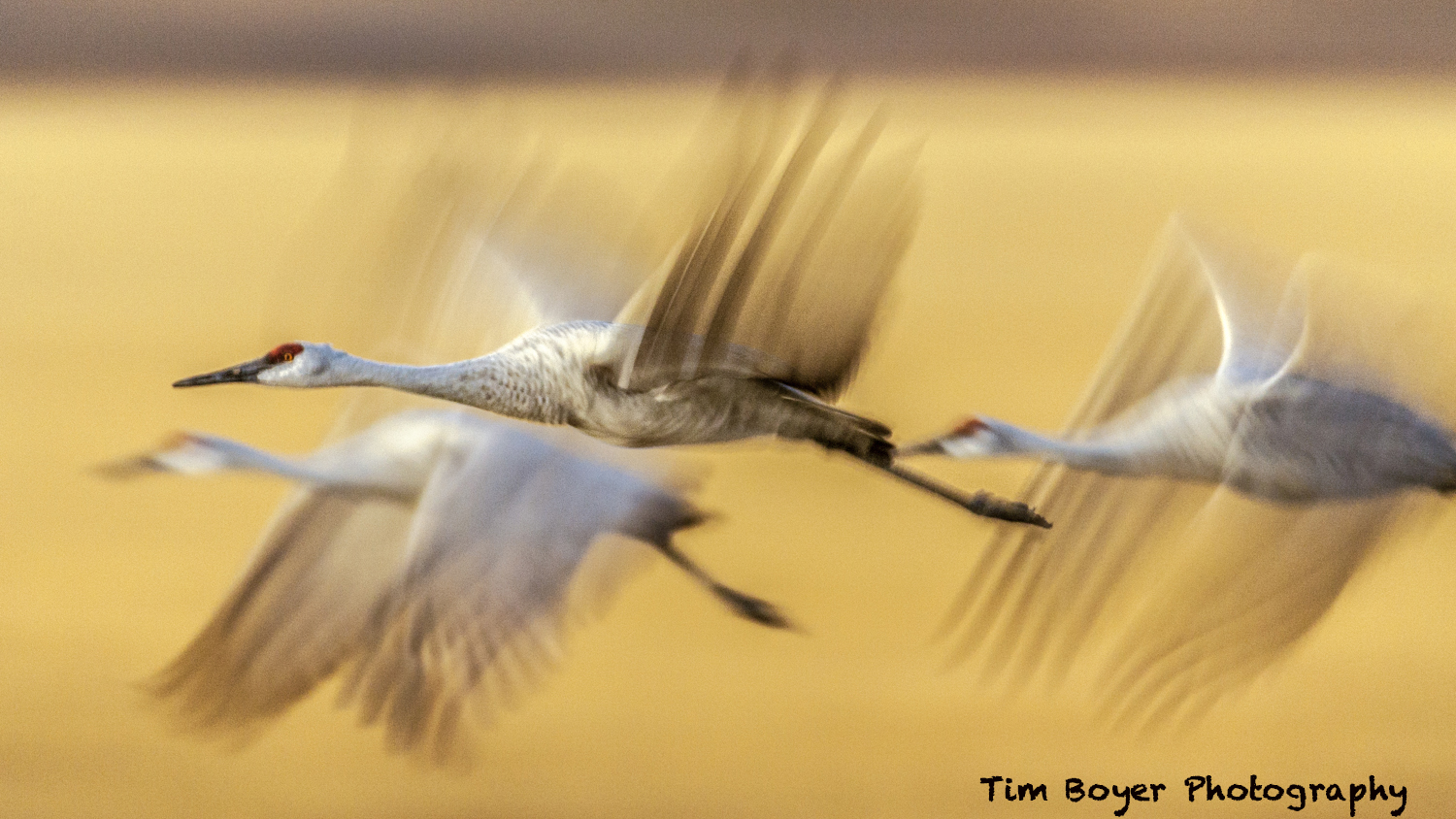
Of course, there are plenty of creative possibilities for photographing birds with a slower shutter speed as well.
In the image above, the blur of the birds' wings as they take flight sits in gorgeous contrast to the sharpness of the head, eye, and beak of the nearest Sandhill Crane.
Photographing birds in flight can be quite the complex task, though. For a tutorial on that subject, click here.
Golden Hour is a Prime Time for Bird Photography
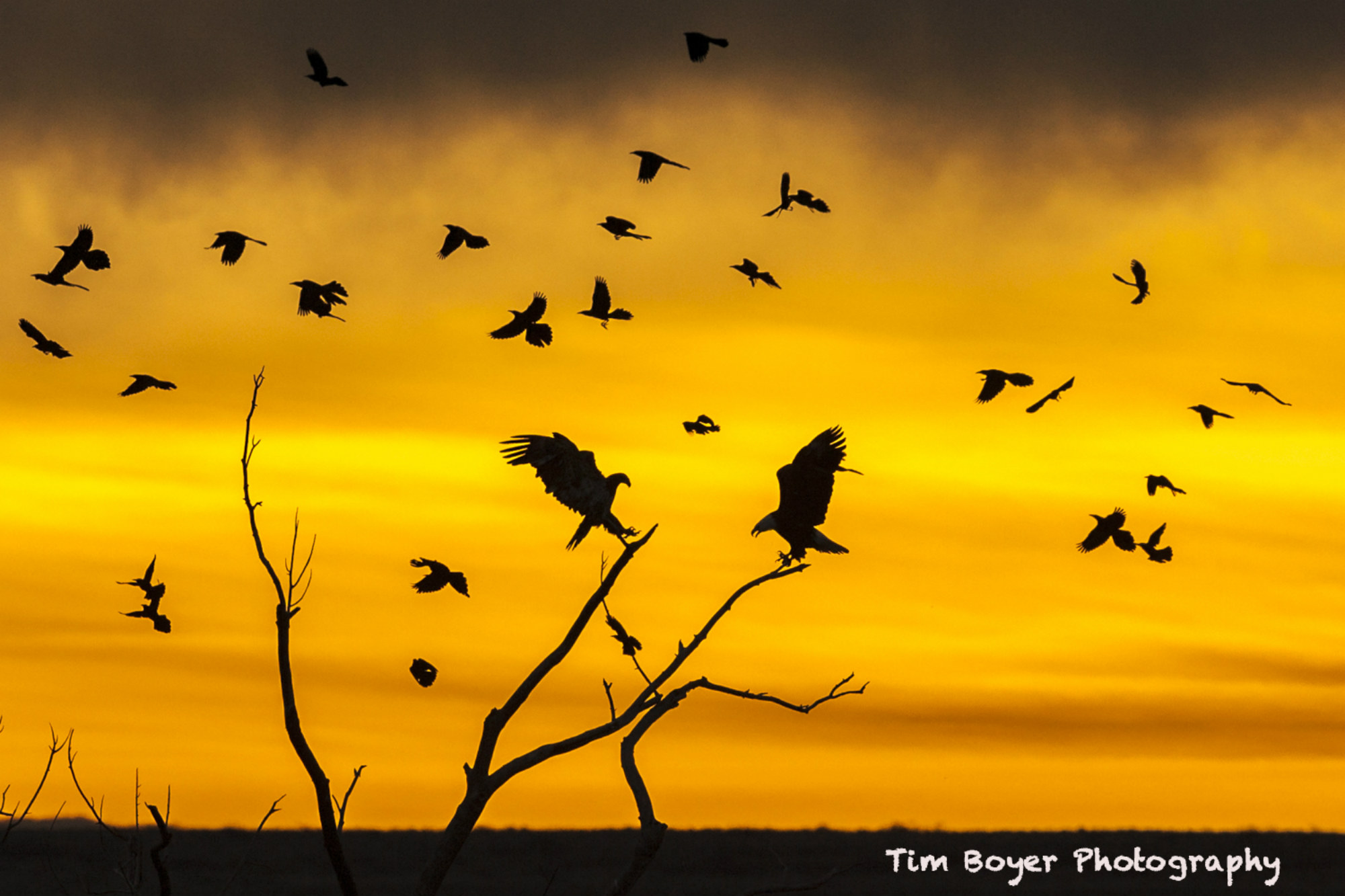
It should be of no surprise that golden hour presents many excellent opportunities for bird photography.
Not only can you capitalize on stunning light, but as seen in the image above, you can often find groups of birds that are very active.
Combine the two, and you've got a recipe for a jaw-dropping bird photo!
In this case, the Bald Eagles that landed on the tree branches scared off a group of Great-tailed Grackles.
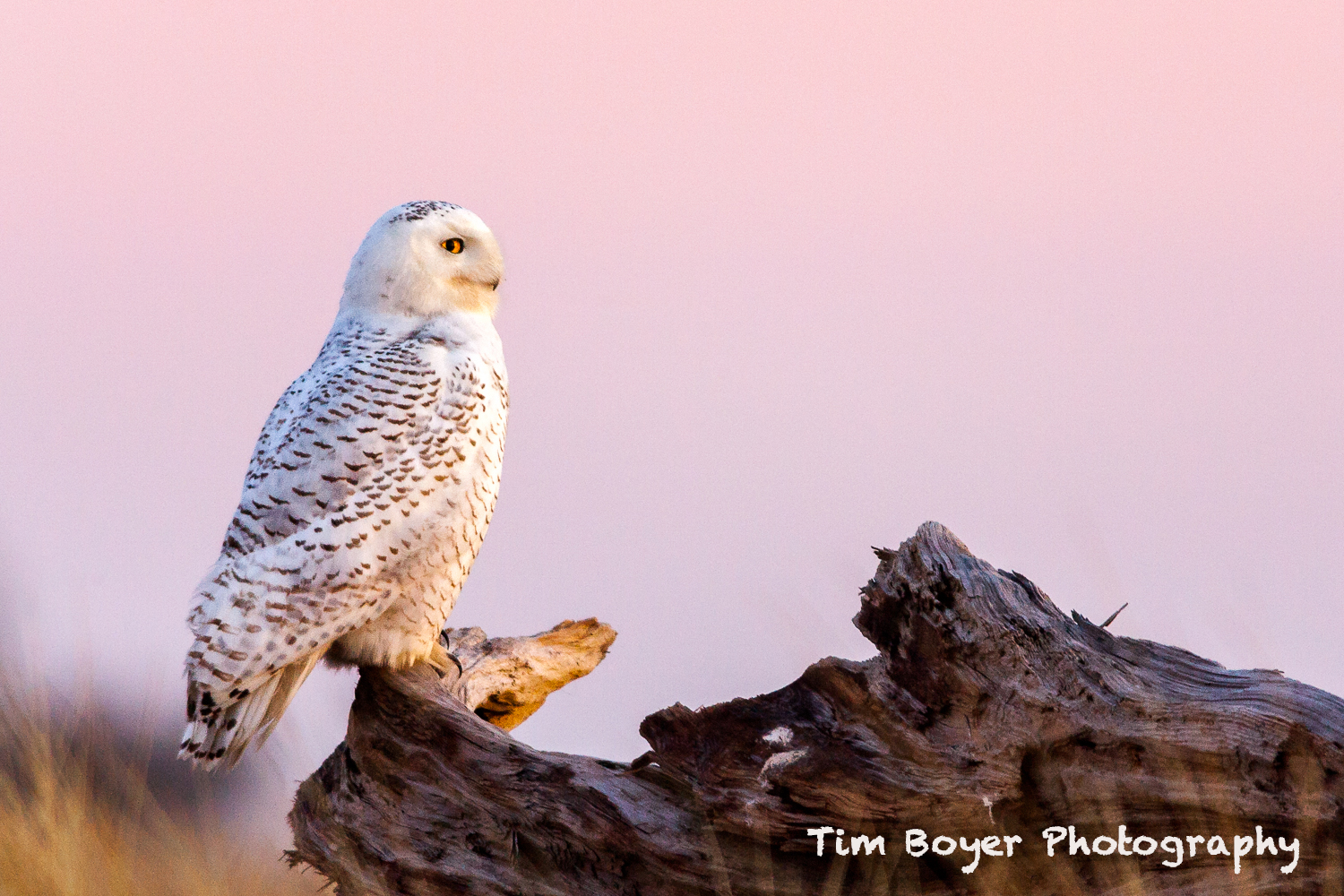
But if the intense, bright colors of the previous image aren't your style, shooting near golden hour can get you beautifully soft colors, like those in the image above.
This shot also utilizes one of the tricks mentioned earlier - that including some the bird's surroundings help give context to the photo.
In this instance, this Snowy Owl is using this old tree as a perch to survey the dunes beyond our view.
Get on the Bird's Eye Level
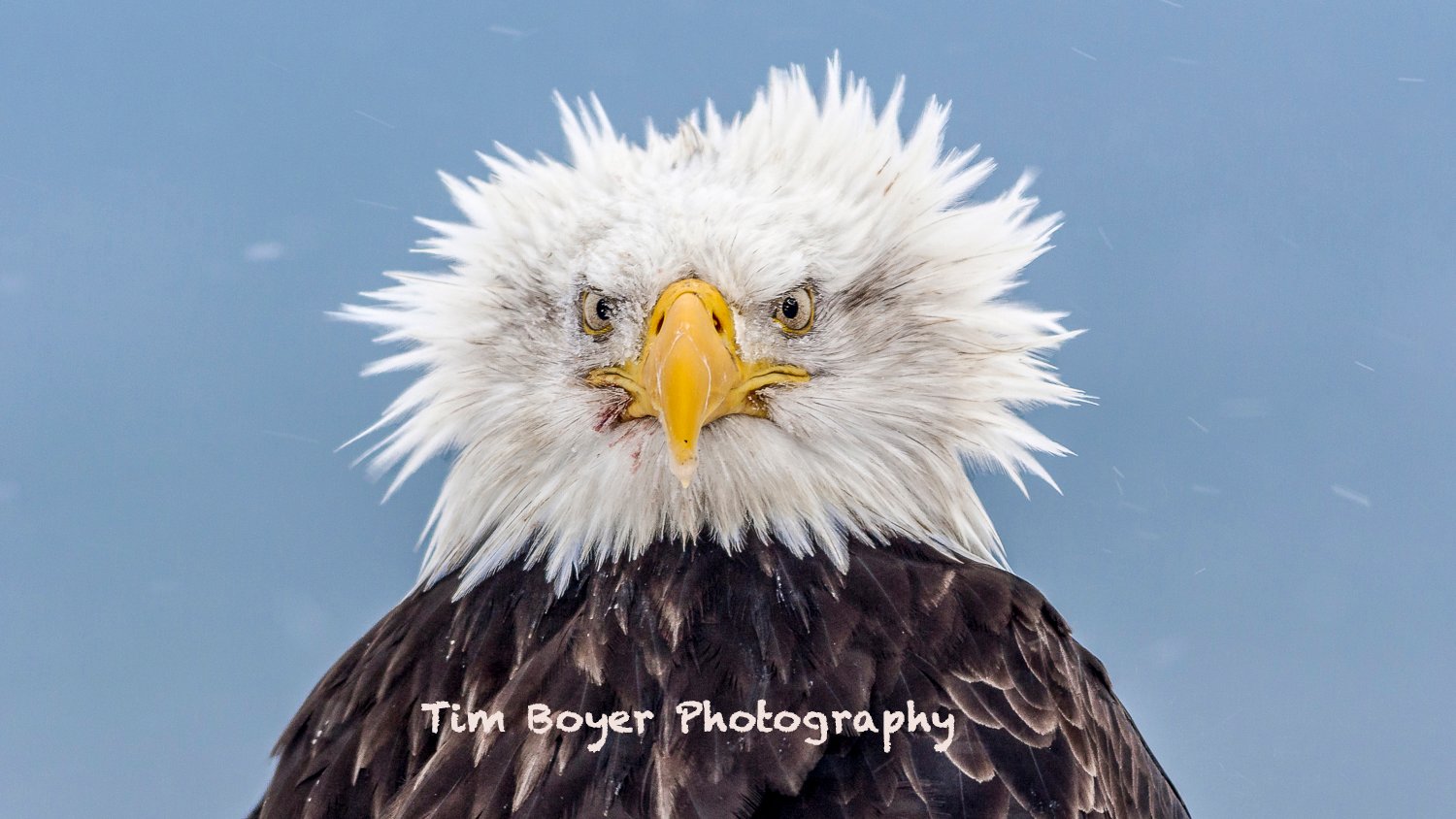
When considering how to photograph birds, one of the most powerful tips is to get on the bird's eye level.
This can be difficult to do, to be sure. But as you can see in the image above, the intensity of the photo (and the intimacy of its subject) is only amplified by taking the photo from the same plane as the bird's eyes.

Even if you're not lucky enough to snap an image as a bird is looking right down the barrel of your lens, it still behooves you to shoot from the bird's eye level.
In the example above, we have a perfect view of this Rock Sandpiper's right eye.
Notice as well how the bird is framed to the left side of the shot. This helps the composition because it leaves some room on the right side of the photo for the bird to look into.
Don't Be Afraid to Break the Rules
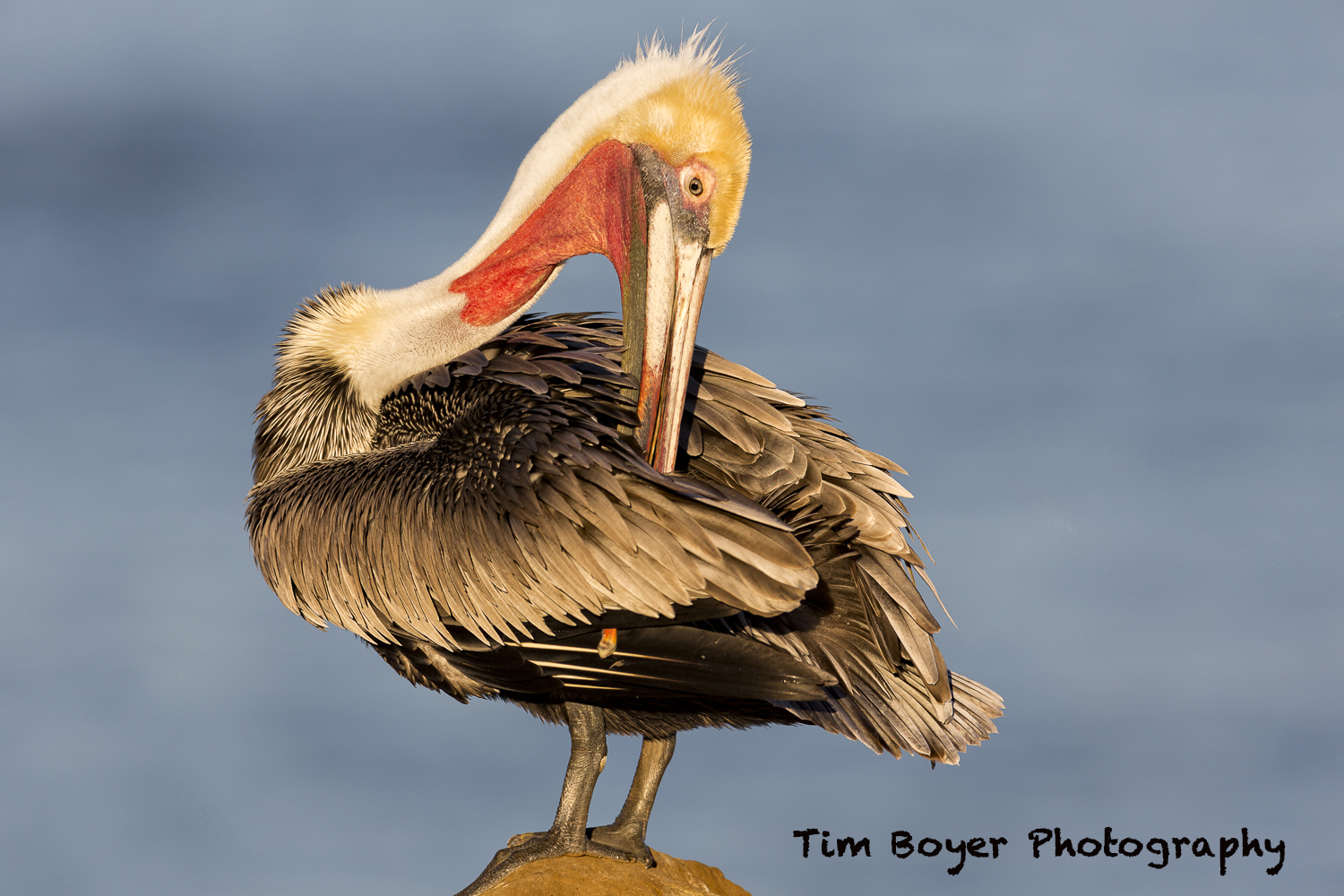
Learning basic rules of bird photography is just the first step.
After that, you need to learn how to break those rules when necessary.
In the image above, for example, the bird is placed right in the middle of the frame, which violates the rule of thirds.
Yet, as you can see, the image still works beautifully!
While this isn't a comprehensive list of bird photography tips (you can get an even more complete guideline right here), these tricks will get you well on your way to taking breathtaking photos of birds.
Article By:- Photographytalk.com
No comments:
Post a Comment